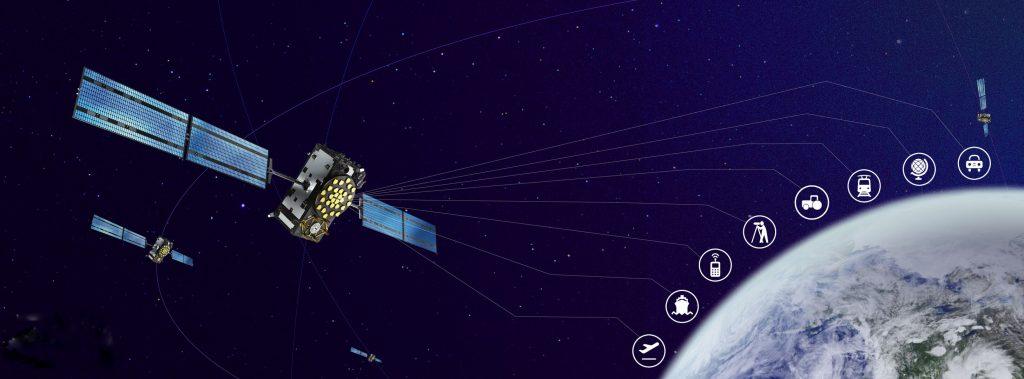
Galileo – a new tool for science
Every moment of every day, Europe’s constellation of Galileo navigation satellites that ring our planet transmits precisely shaped and timed signals, down through the atmosphere, reflecting back from Earth’s land, seas and ice and extending far out into space, as far as the Moon.
This ubiquity is a byproduct of Galileo’s goal to provide navigation services to all – but has also led to these signals becoming an important tool for scientific investigation of our environment, atmosphere, weather and even fundamental physics. Leading researchers will gather in Bulgaria this September to discuss the latest scientific uses of Galileo and other satnav systems – and you can register to join them.
The 8th International Colloquium on the Scientific and Fundamental Aspects of Global Navigation Satellite Systems will take place on 8-16 September in Sofia, Bulgaria, co-organised by ESA and Sofia University St. Kliment Ohridski.
The Colloquium will also discuss in some detail the state of the art of Systems and technologies for navigation in space, such as the use of GNSS beyond terrestrial orbits or the development of dedicated systems for ‘exo-navigation’ on the Moon or Mars, as well as their scientific possibilities.
This edition will also include ‘transversal’ topics of interest to multiple fields, such as GNSS Big Data – compiling and analysing large quantities of satnav signal records – and Internet of Things positioning for science – the placement of tracking sensors on moveable items, floats or animals – as well as the use of GNSS-enabled autonomous vehicles such as drones and High-Altitude Pseudo-Satellites.
CLICK HERE to see more!



